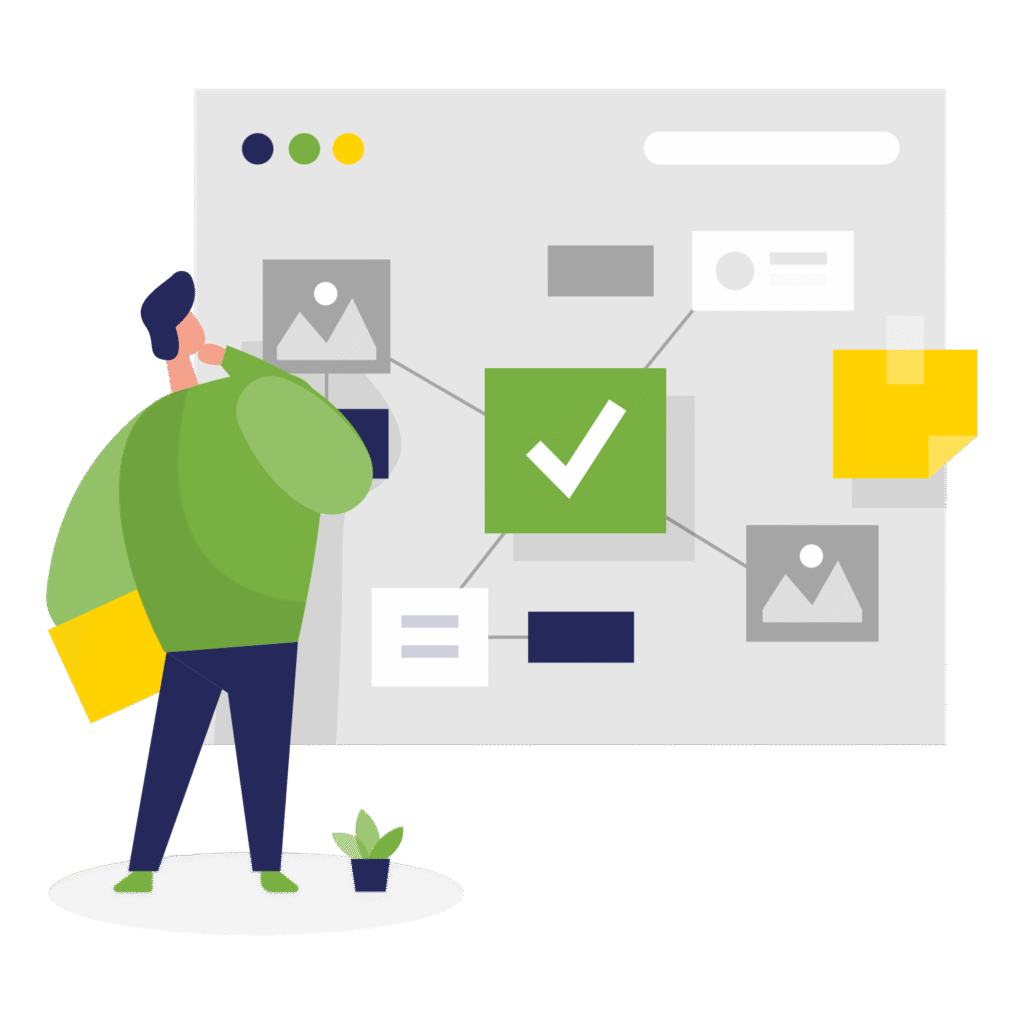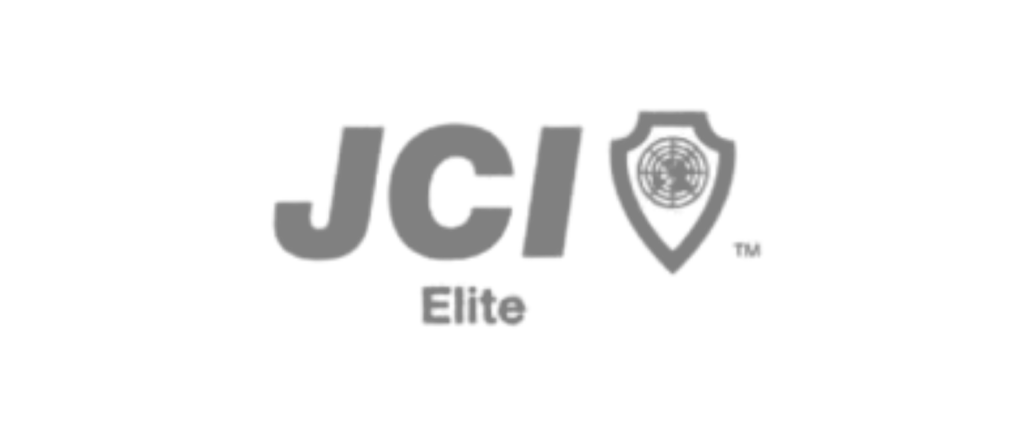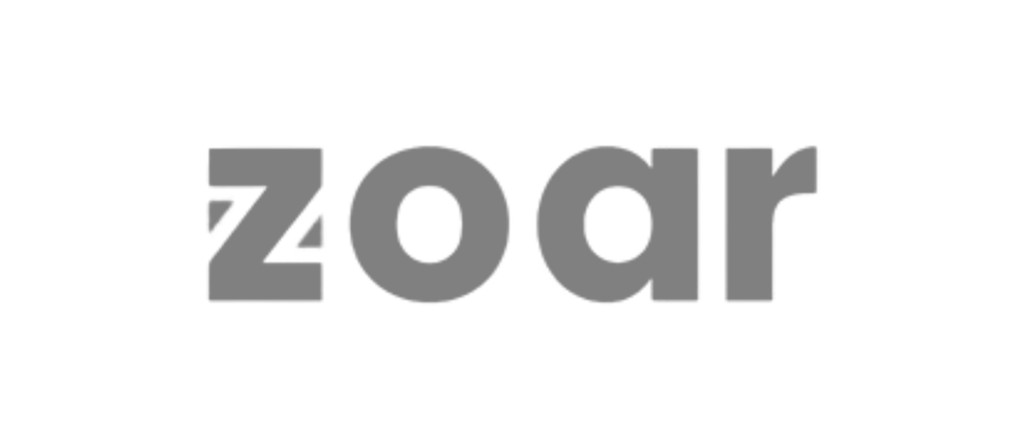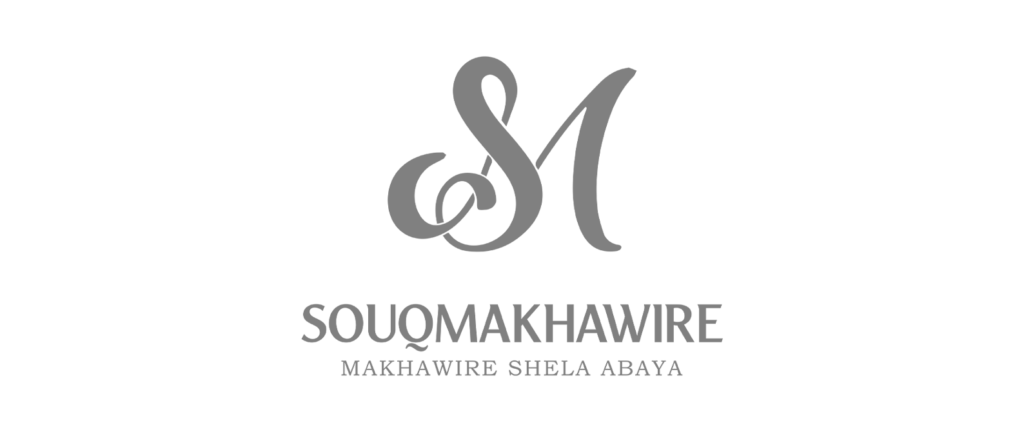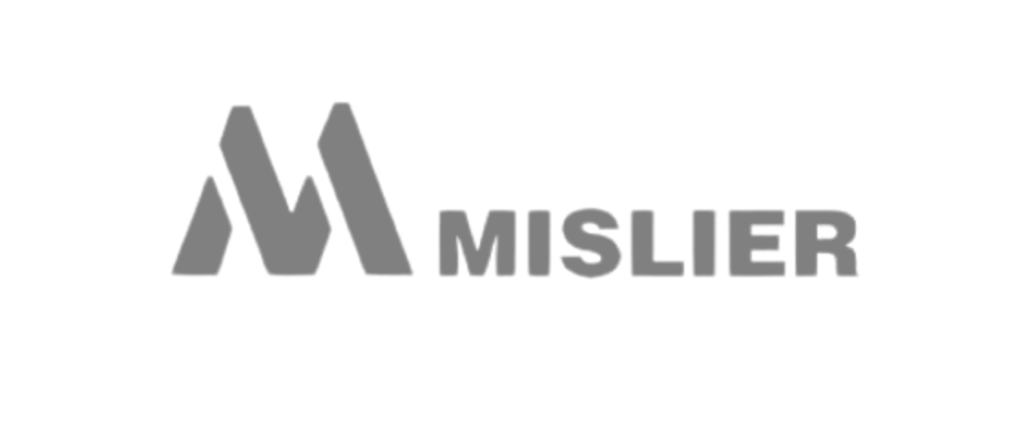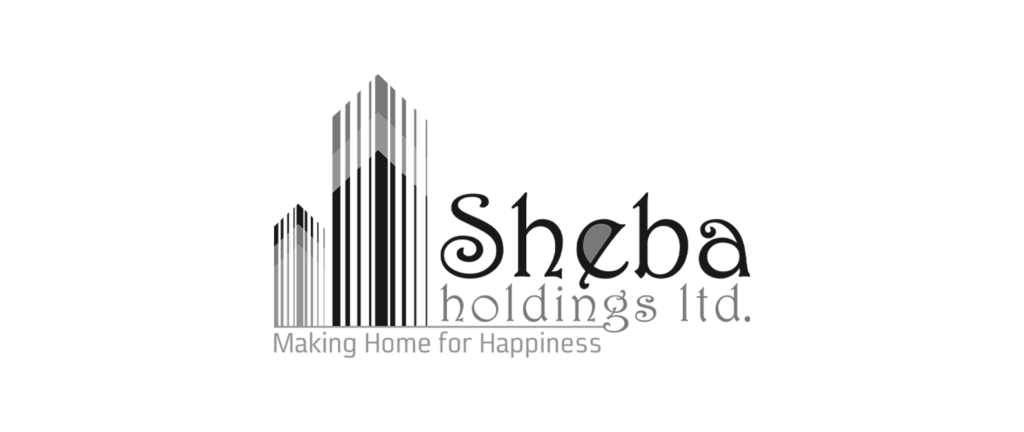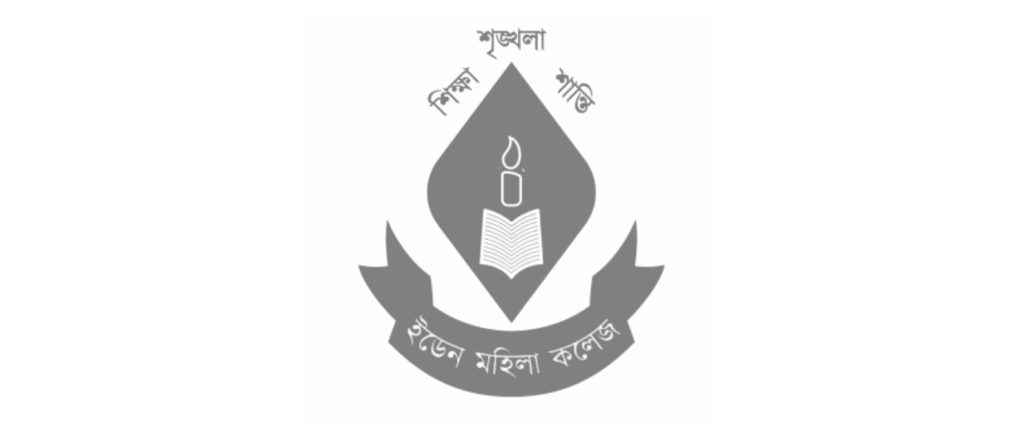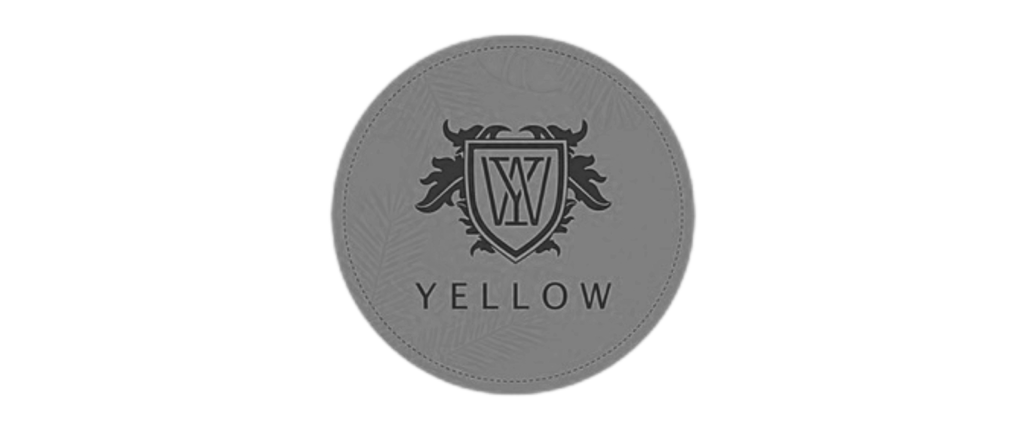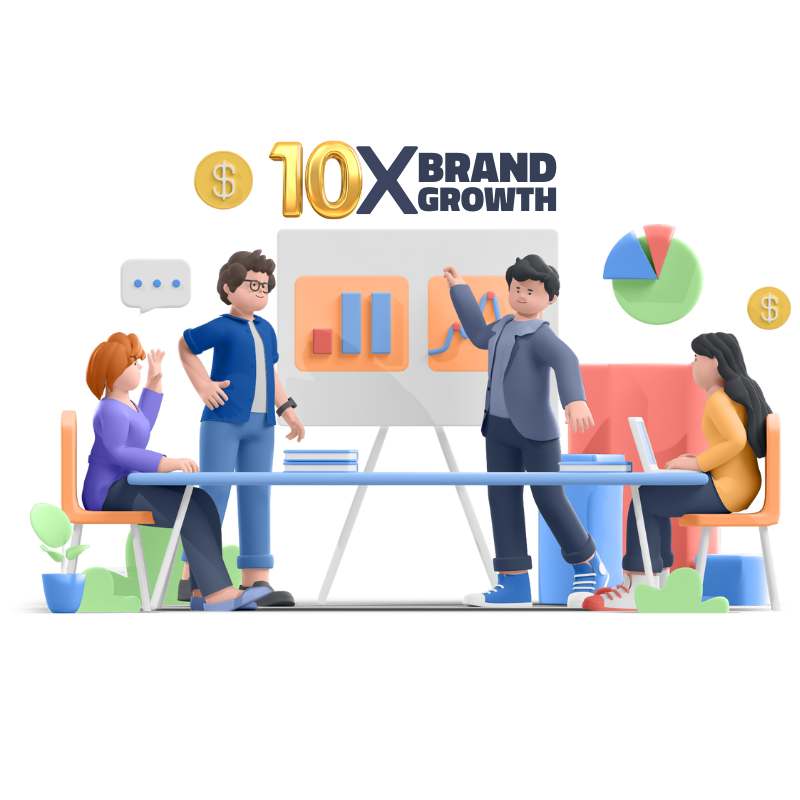
If you’ve ever searched something on Google and clicked a website from the top results, you’ve already seen SEO in action.
SEO, or Search Engine Optimization, is the process that helps websites appear higher on Google when people search for specific topics.
In 2026, SEO has evolved smarter, more AI-driven, and more user-focused than ever before.
Whether you’re a student, a freelancer, or a small business owner in Bangladesh, learning SEO can help you build traffic, grow your brand, and get customers without paying for ads.
SEO helps your website rank higher on Google by improving content quality, structure, and user experience. In 2026, SEO focuses more on helpful content, AI-driven insights, and user intent. With the right steps, anyone, even beginners, can master SEO without technical skills.
In this complete guide, you’ll learn:
- What SEO is and how it works
- The difference between on-page, off-page, and technical SEO
- Why backlinks matter
- Step-by-step SEO setup for beginners
- How you can learn SEO easily even without coding
Let’s begin with the foundation of what SEO actually means and how it works.
What Is SEO and How Does It Work?
SEO stands for Search Engine Optimization, the process of improving your website so it appears higher in search results when people look for information related to your business.
When someone searches “best laptops in Bangladesh” or “digital marketing agency near me,” Google uses algorithms to decide which websites are the most relevant and trustworthy. SEO helps your website meet those standards.
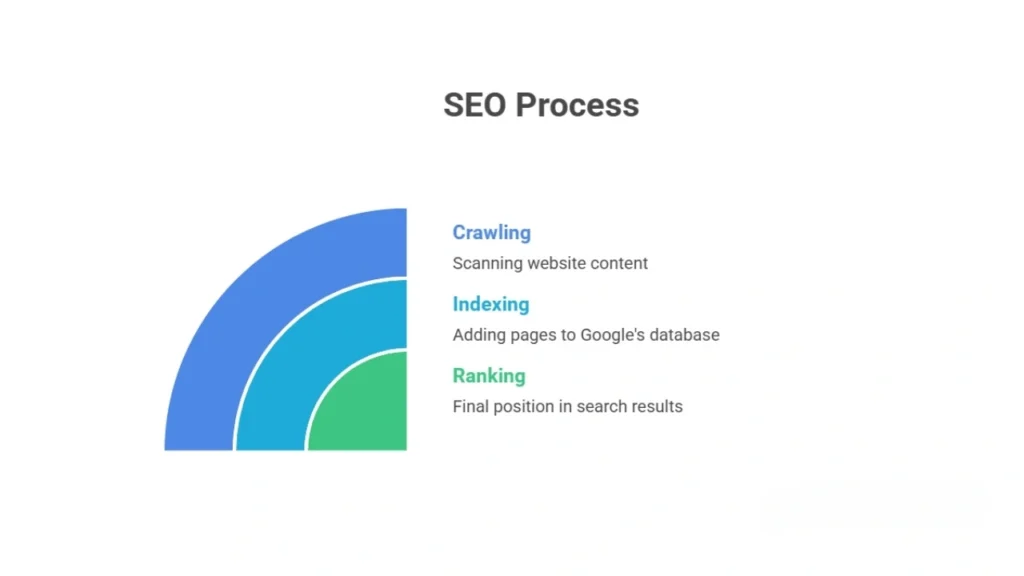
Here’s how it works:
Crawling: Google bots scan your website to understand your content.
Indexing: Your pages are added to Google’s searchable database.
Ranking: Google ranks your site based on quality, speed, and usefulness.
The better optimized your website is with relevant keywords, good content, and fast performance the higher you’ll appear on Google.
Example: A well-optimized blog by Digital Wit about “Local SEO for small businesses in Dhaka” can easily rank higher than a poorly optimized competitor site.
What Is On-Page SEO vs Off-Page SEO?
SEO isn’t just about adding keywords. It’s about balancing two sides:
- On-Page SEO: What you do on your website, like optimizing titles, content, and images.
- Off-Page SEO: What happens outside your website, like backlinks and brand mentions.
On-Page SEO examples:
- Writing quality blog posts with target keywords
- Optimizing meta descriptions and headers
- Using internal links
Off-Page SEO examples:
- Building backlinks from trusted websites
- Sharing content on social media
- Getting brand mentions or reviews
In 2026, Google’s AI focuses on content helpfulness and authenticity. So, both on-page and off-page SEO must look natural and audience-friendly.
What Is Technical SEO and Why It Matters
Technical SEO is like building the strong foundation of your house. Even if your content is amazing, poor website structure or slow speed can hurt your ranking.
Core areas of Technical SEO include:
- Mobile Optimization: Ensure your website looks great on smartphones.
- Page Speed: Use tools like Google PageSpeed Insights to check load time.
- Sitemap and Indexing: Help Google easily read your pages.
- HTTPS Security: Always use SSL for a secure connection.
Why it matters:
In Bangladesh, by the end of 2025 smartphone users will increase to 63% according to The Business Standard. If your site loads slowly or breaks on mobile, users leave instantly. Google notices that and lowers your ranking.
Digital Wit helps local businesses fix these technical SEO issues and improve site performance for better rankings.
What Are Backlinks and Why Are They Important
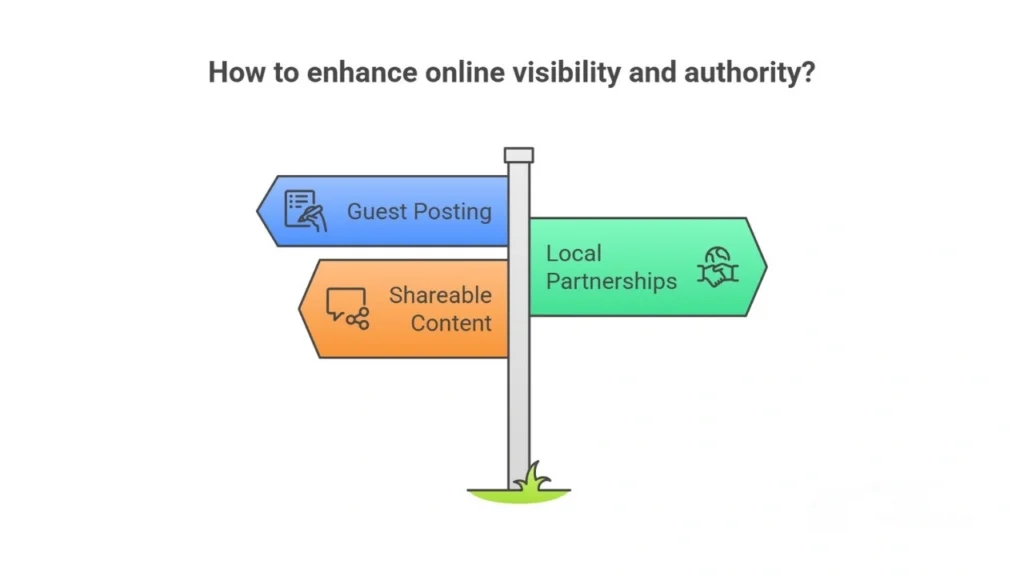
Backlinks are like digital votes. When another website links to your content, it tells Google your site is valuable and trustworthy.
In 2026, link quality matters more than quantity. A few backlinks from strong, relevant sites are far better than hundreds from low-quality blogs.
Example:
If a reputed tech site links to your blog “Best Laptops for Students in Bangladesh,” Google sees it as a trust signal.
Smart backlink-building strategies:
- Guest posting on reputable sites
- Building local partnerships or mentions
- Creating valuable, shareable content
Tip: Never buy backlinks. Instead, earn them with quality content.
5 Steps for Structuring an SEO Campaign
If you’re just starting out, follow these five simple steps to set up your first SEO campaign:
Keyword Research : Use free tools like Google Keyword Planner or Ahrefs to find low-competition keywords that match your audience in Bangladesh.
On-Page Optimization: Write blog posts around those keywords. Include them in titles, headers, and first paragraphs naturally.
Technical Setup : Make sure your site loads fast and works perfectly on mobile devices.
Content Creation : Create high-quality, original content that answers real user questions.
Backlink Building: Reach out to bloggers or local business directories for genuine mentions.
By following these five steps consistently, you’ll start seeing results within a few months.
Can You Learn SEO Without Coding?
Absolutely yes! In 2026, you don’t need to be a coder to master SEO.
Most modern platforms like WordPress, Wix, and Shopify offer easy-to-use SEO tools.
For example:
- Install plugins like Rank Math or Yoast SEO to optimize pages easily.
- Use drag-and-drop builders to structure your site visually.
- Rely on AI tools (like Ahrefs or Google Search Console) for analytics.
Digital Wit provides beginner SEO training for non-technical users in Bangladesh who want to grow their websites organically.
Is SEO Hard to Learn? Insights for 2026
SEO may look complicated, but it’s much easier today thanks to AI tools, tutorials, and step-by-step guides.
What makes SEO easier now:
- AI tools suggest keywords and improve readability.
- Platforms like YouTube and Ahrefs Academy offer free video lessons.
- You can test changes instantly using analytics dashboards.
The key is practice and patience. It’s like fitness results come with consistency.
In 2026, the biggest challenge isn’t learning SEO, it’s staying updated with algorithm changes.
So, always follow reliable sources like Google Search Central, Ahrefs, or Digital Wit’s SEO blog.
FAQs About SEO for Beginners in 2026
Q1: How long does it take to see SEO results?
Usually 3–6 months, depending on competition, keyword difficulty, and consistency.
Q2: Do I need paid tools to learn SEO?
No. You can start with free tools like Google Search Console, Ubersuggest, and Keyword Planner.
Q3: Can SEO work for Bangladeshi businesses?
Yes! Local SEO helps businesses in Dhaka, Chittagong, or Sylhet reach nearby customers effectively.
Q4: Is blogging still good for SEO in 2026?
Definitely. Blogs help target long-tail keywords and build authority in your niche.
Q5: What’s the best SEO strategy for 2026?
Focus on helpful content, fast mobile experience, and earning backlinks naturally.
Final Thoughts of What Is SEO and How to Start it
Learning SEO in 2026 is one of the smartest skills you can gain especially if you want to grow your business, freelance career, or online brand.
Start small, stay consistent, and track your progress. Remember, Google rewards websites that truly help users, not those that trick algorithms.
At Digital Wit, we believe SEO should be simple, ethical, and effective for everyone.
Whether you’re just starting out or optimizing your business website, the path to ranking higher begins with one step understanding what SEO is and taking action today.

